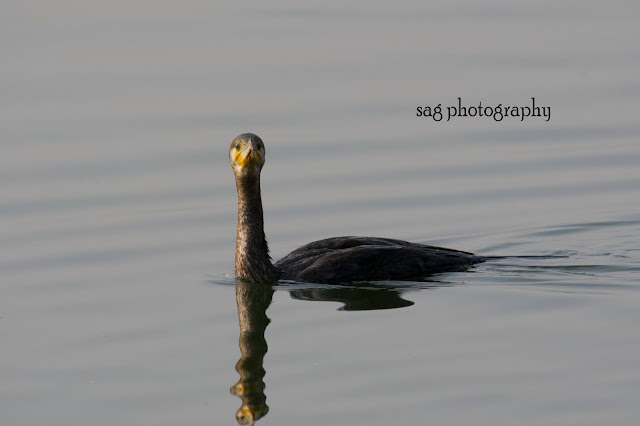 |
| lessor cormorant with a catch |
happy new year 2021 to all of you one of the toughest year 2020 passes and a new ray of hopes rises
some glimpse of winter season at mansagar lake jaipur rajasthan from our collection this year .
this year goes out very tough with covid -19 spreading all round the globe so there is limited options and time for bird watching remains .
early chilly morning snaps at mansagar lake jaipur as the birding season starts here are some examples of from our collection
image details -camera used nikon d500, lens used tamron 150-600 mm zoom lens
shutter speed -500 iso 250 focal length- 600mm aperture -f10
 | |
| spot billed duck |
 | |
| Lessor cormorant |
lessor cormorant with fish they are nice divers they float like little submarines and came out with their prize they also hunt in group
 | |
| eurasian coot |
 | ||||||
| spot billed ducks |
 |
| spot billed ducks and cormorant |
 | ||
| wood sandpiper |
wood sandpiper (Tringa glareola) is very small and can be seen mostly on the edges of the water body they are small wader they eat insects and small prey in this picture wood sandpiper with reflection in still water at the lake
 |
| squirrel |
 |
| comb duck |
there are also unexpected visitors this year like comb duck , comb duck was seen in between spotbilled ducks in this picture at mansagar lake
 |
| common teal |
common teal also spotted there in between flocks of ducks ,common teal also use to remain in between their groups have brownish head and a green band coming across eye to the back side
 |
| greater cormorant |
greater cormorants arrive in large number and did a lot of fishing between mid november and some went to other places after within a week and some remains in the lake but when they come they are large in numbers and they hunt in large group .
 | |||
| gulls |
gulls are also unexpected visitors to te lake this time pallas gull(Ichthyaetus ichthyaetus) in yellow beak swimming with other birds . pallas gull is bigger in size then the other gulls and sometimes pallas gull snatches fish from lessor cormorant who dived and catch fish on own and after this process cormorant has to dry his whole body in sunlight pallas gulls are migratory birds who breeds from russia o mongolia and winter season in Mediterranean ,Arabia and India
pelicans are expected to visit like each year this time also but there are no pelicans there in the lake this time
if you like our photography then stay tuned,and also write in comments
camera used nikon d 5 lens used -tamron 150-600 mm
In the end 2020 has passed away and 2021 has come with new rays of hope but there is not a clear way out so stay safe with your family during this tough time of covid -19 take necessary precautions.
new you tube video link - https://youtu.be/LPIfaWHVWZY
instagram id - @ctiwari911, @birdingbros1
facebook id - sagphotography

















































